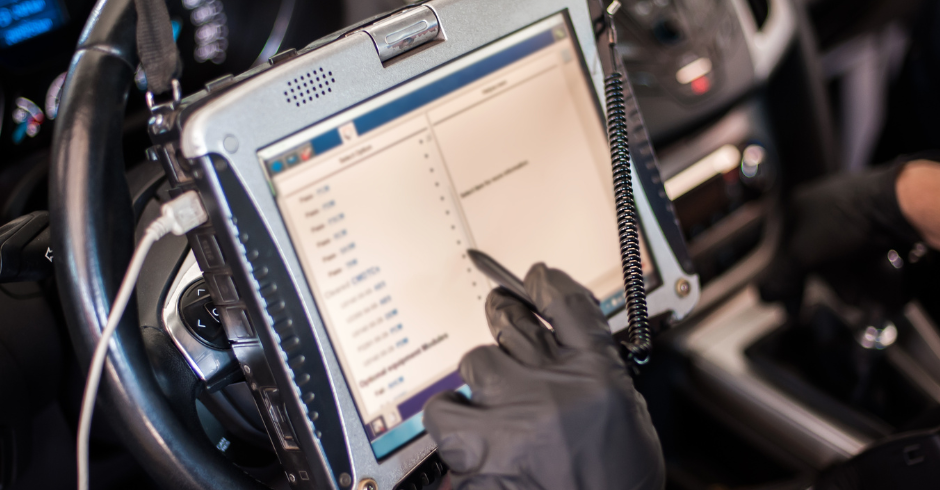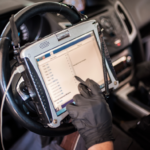Unfortunately, there are far too many tragic news stories that involve young children in car seats. Over the summer, I discussed in another blog the shocking number of children who die when left in car seats on hot days in another blog. While this is often a tragic mistake on a parent’s part, children in car seats can still be at risk even when adults think they’re doing everything right.
Recently, the American Academy of Pediatrics (AAP) updated their recommendations on car seat use for children. While the previous recommendations for when a child should “graduate” to a forward-facing car seat were set according to a child’s age, AAP now says that infants and toddlers should remain in a rear-facing car seat until they outgrow the seat itself—literally until they reach the highest weight or height that is recommended for the seat.
Once a child outgrows a forward-facing car seat, they should use a belt-positioning booster seat to ensure that the lap and shoulder belts fit snugly. Beyond using a booster seat, all children under the age of 13 should be using lap and shoulder seat belts in the back seat(s) of the car only. Following these guidelines could lower the risk of children being seriously injured or killed in a car crash by over 70 percent.
Most parents have every intention of keeping their child safe when in the car, yet, many are not even aware of mistakes they are making. In fact, 59 percent of car seats and 20 percent of booster seats are misused in some potentially dangerous way every day. This includes using the wrong car seat, not reading the manual before installation, facing the seat in the wrong direction, and incorrect placement of the harness straps of the seat. Parents need to be diligent in making sure they are following all guidelines to minimize the chances of their child being harmed in an accident.
Parents should also be vigilant when purchasing a car seat. Even those that meet certain federal safety requirements can still be a danger. Consumer Reports recently tested child car seats and found that four child car seats on the market had parts break off or fail when a real-world crash was simulated: the Britax Frontier Clicktight, Britax Pioneer, Cosco Finale, and Harmony Defender 360.
While Consumer Reports’ testing is considered to be more intense than the minimum federal crash test requirements, real world collisions can be violent and unpredictable, increasing risks of injury such as a child hitting their head on the interior of the car or being ejected from the seat altogether.
If you or someone you know has had a child injured while in a car seat, consider speaking with one of our experienced Baron, Herskowitz, and Cohen attorneys to understand your legal rights as well as any potential course of action. You may contact us for a free and confidential legal consultation, or you can also reach out to an attorney directly by calling (305) 670-0101 or email contact@bhfloridalaw.com.





